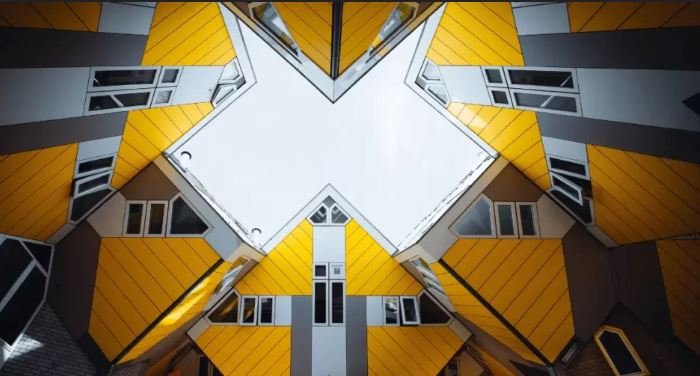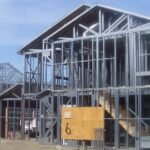The Intersection of Art and Architecture in Building Design
Art and architecture have intersected throughout history to create buildings that not only serve functional purposes but also inspire and evoke emotions. This article explores how art influences architectural design, enhances aesthetics, and enriches the built environment.

Historical Perspectives: Artistic Influences on Architecture
Renaissance and Classical Periods
During the Renaissance and classical periods, architects integrated principles of symmetry, proportion, and classical motifs inspired by art into monumental structures such as cathedrals, palaces, and public buildings. Artistic elements adorned facades, interiors, and sculptural details, defining architectural styles.
Art Nouveau and Modern Movements
Art Nouveau and modern architectural movements embraced organic forms, decorative arts, and innovative materials influenced by avant-garde artists. Architects like Antoni Gaudí and Frank Lloyd Wright blurred the lines between art and architecture, creating iconic buildings that harmonized with their natural surroundings.
Contemporary Examples: Artistic Integration in Modern Architecture
Gehry Residence, Santa Monica
Designed by Frank Gehry, this residence showcases sculptural forms and unconventional materials, blurring the distinction between architecture and art. Gehry’s fluid and expressive design approach reflects artistic innovation in architectural practice.
Louvre Abu Dhabi
Designed by architect Jean Nouvel, the Louvre Abu Dhabi combines cultural elements with contemporary architecture. The museum’s iconic dome, inspired by traditional Arabic architecture and filtered light patterns, creates a harmonious blend of art, light, and space.
Art as a Functional Element in Architecture
Public Art Installations
Public art installations integrated into architectural spaces serve as focal points, enhance visual interest, and engage communities. Sculptures, murals, and interactive artworks contribute to the cultural identity and aesthetic appeal of public buildings and urban landscapes.
Interior Design and Spatial Experience
Art influences interior design choices, from curated art collections to custom-designed furnishings that complement architectural elements. Creative collaborations between artists and architects enhance spatial experiences, fostering a cohesive and immersive environment for occupants.
Benefits of Integrating Art into Architecture
Enhancing Aesthetics and Cultural Identity
Artistic interventions in architecture elevate visual aesthetics, enrich cultural narratives, and imbue buildings with a sense of place. Public and private spaces become more inviting, reflective of community values, and conducive to human well-being.
Fostering Creativity and Innovation
Collaborations between artists and architects encourage cross-disciplinary dialogue, pushing boundaries of creativity and innovation in design. Integrating art sparks new perspectives, unconventional solutions, and experimental approaches in architectural practice.
Challenges and Considerations
Budget Constraints and Maintenance
Integrating art into architecture may involve additional costs for commissions, installations, and long-term maintenance. Budget considerations and sustainability practices ensure that artistic interventions are feasible and contribute value to the built environment.
Cultural Sensitivity and Contextual Relevance
Artistic choices in architecture should respect cultural contexts, community preferences, and historical significance. Sensitivity to local traditions and narratives ensures that art enhances rather than detracts from architectural integrity and social relevance.
Future Directions: Innovations in Artistic Architecture
Technological Integration
Advancements in digital art, interactive installations, and augmented reality are shaping the future of artistic architecture. Digital media and responsive technologies offer dynamic possibilities for creating immersive, adaptive environments that evolve with user interaction.
Sustainability and Eco-Art
Emerging trends in eco-art emphasize sustainable materials, renewable energy integration, and environmental stewardship in architectural design. Artistic practices that prioritize ecological principles contribute to resilient, low-impact built environments.
Conclusion: Enriching Architecture with Artistic Expression
Art and architecture converge to create meaningful, inspiring, and functional spaces that resonate with human experiences. By embracing artistic influences, architects can shape environments that transcend utility, embody cultural values, and foster creativity in the built world.
Takeaways: Key Insights
- Artistic influences have shaped architectural styles throughout history.
- Contemporary architecture integrates art to enhance aesthetics and cultural identity.
- Collaborations between artists and architects drive innovation and creativity in design.
The intersection of art and architecture continues to evolve, offering limitless possibilities for creating immersive, culturally rich, and visually captivating environments that inspire and endure.



